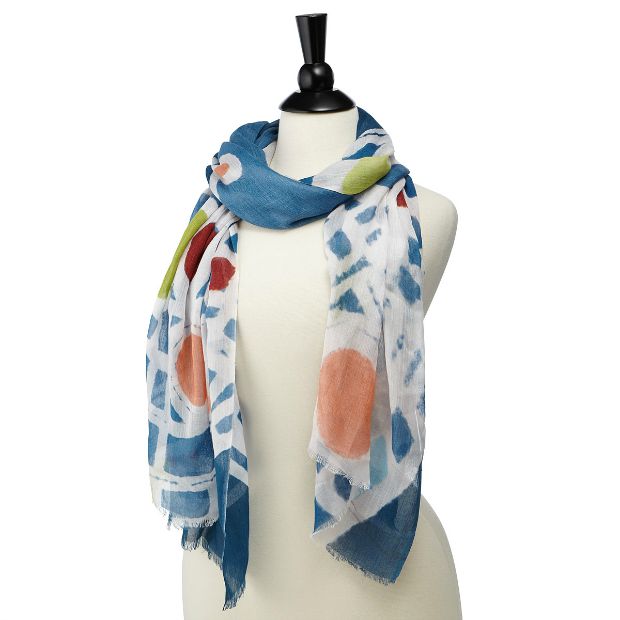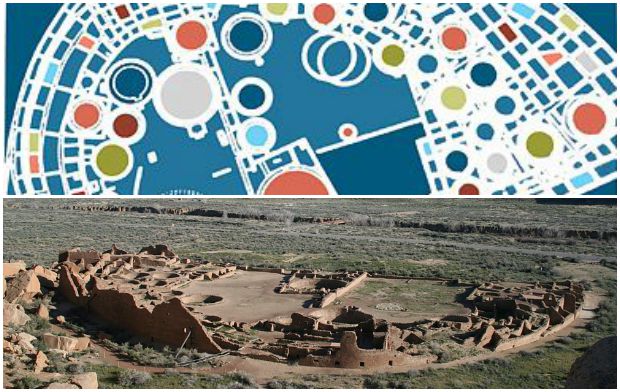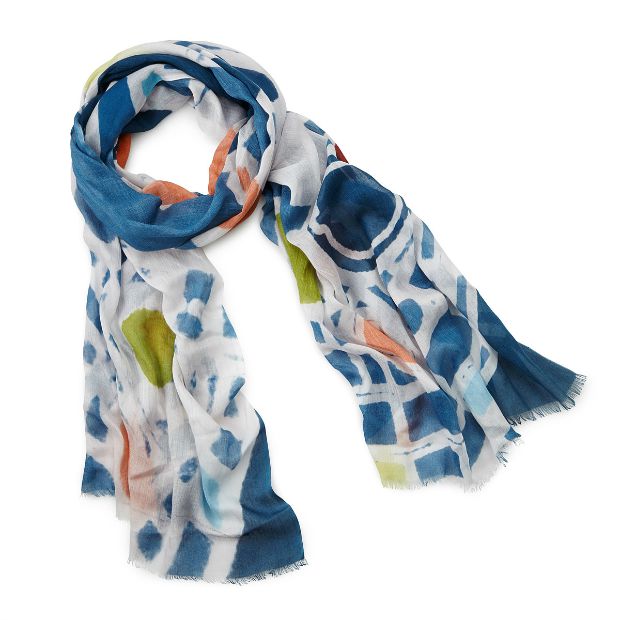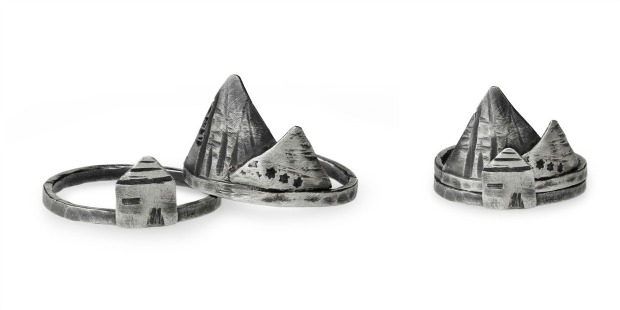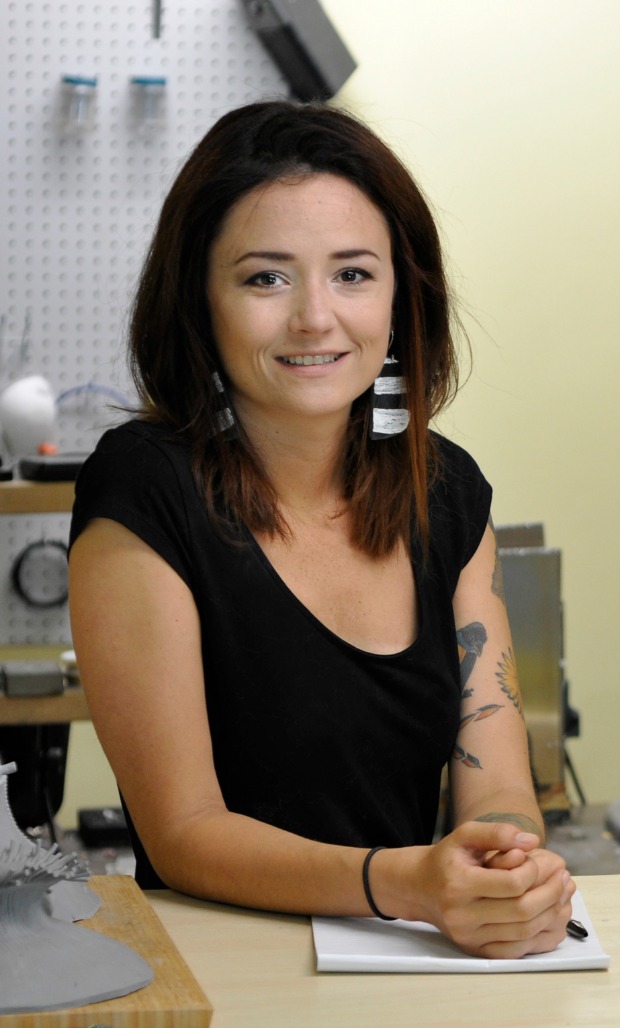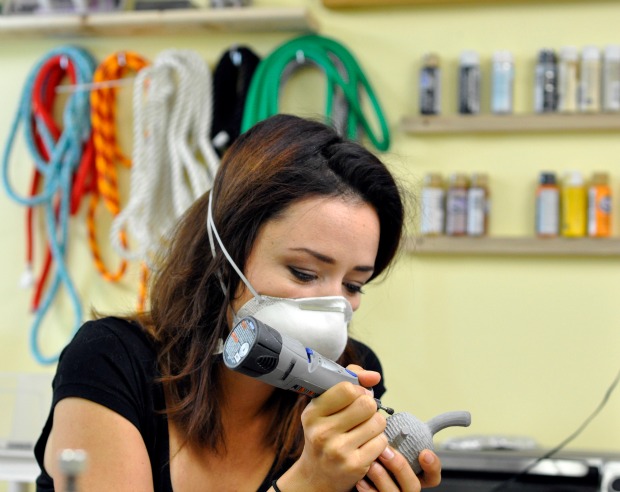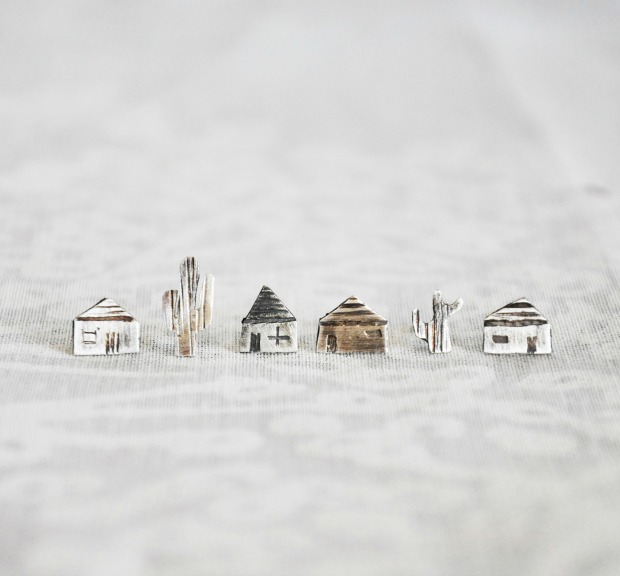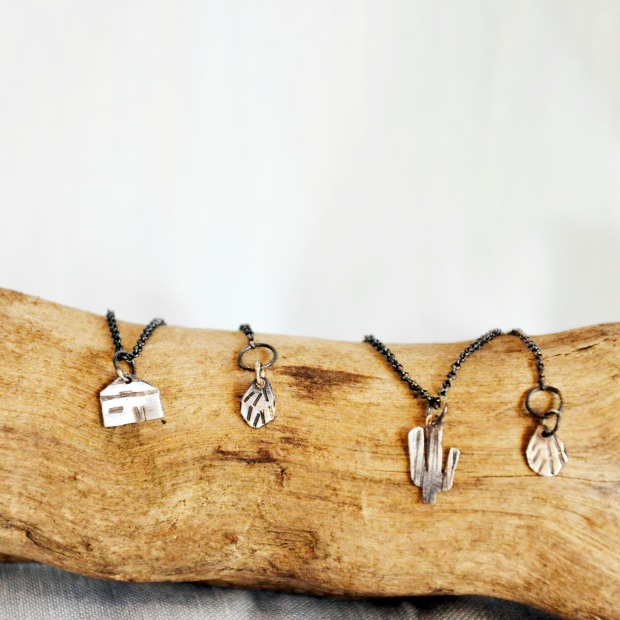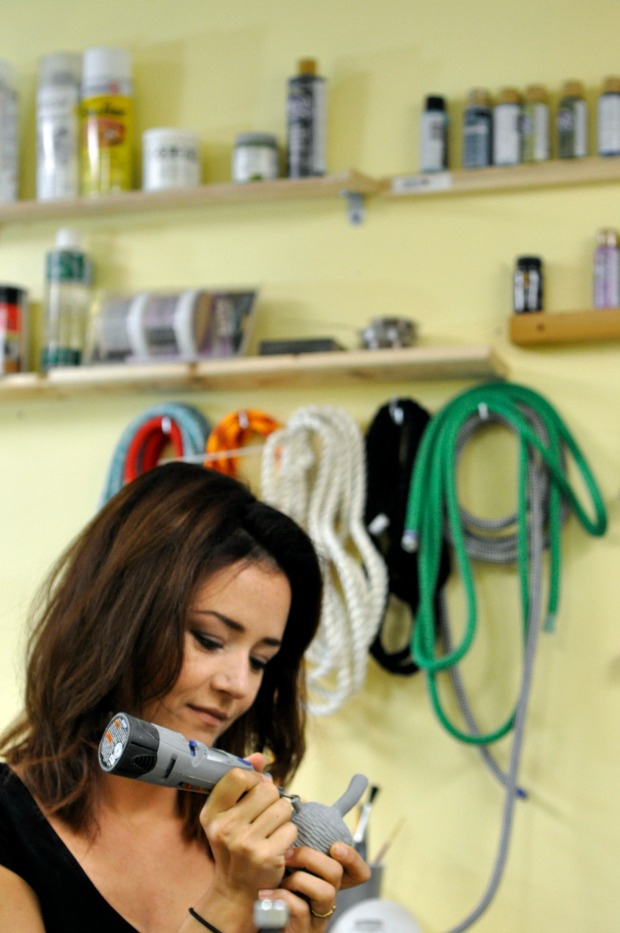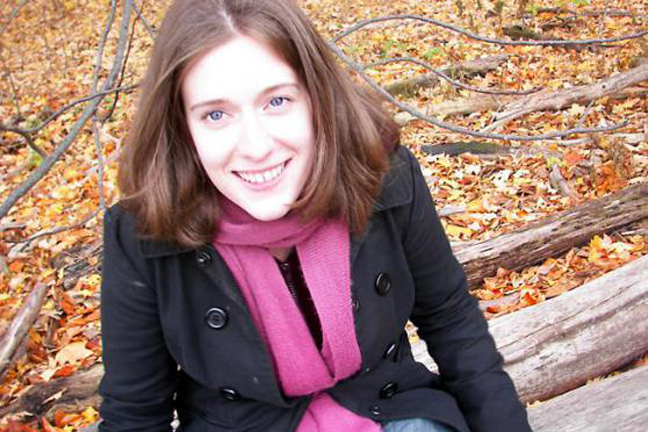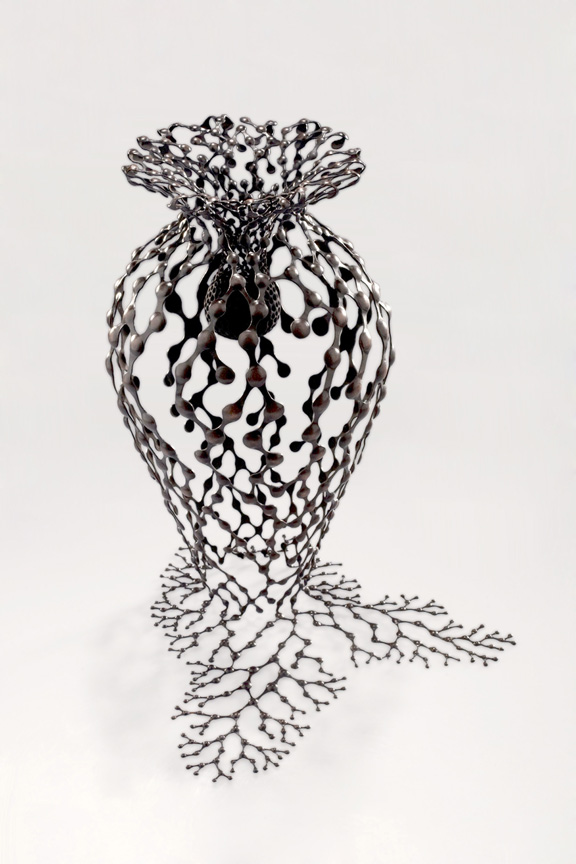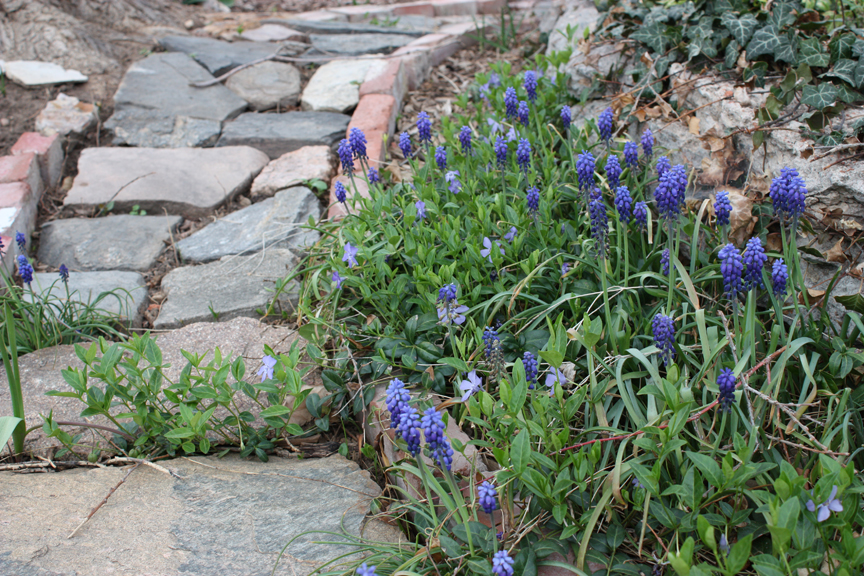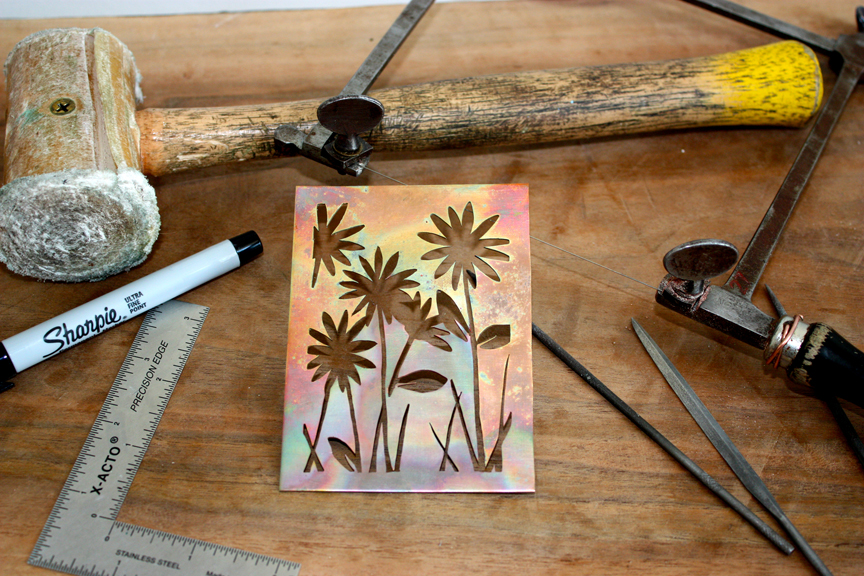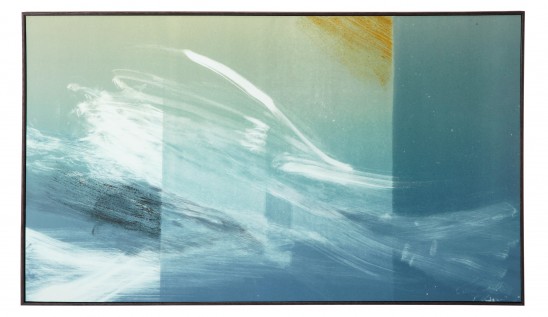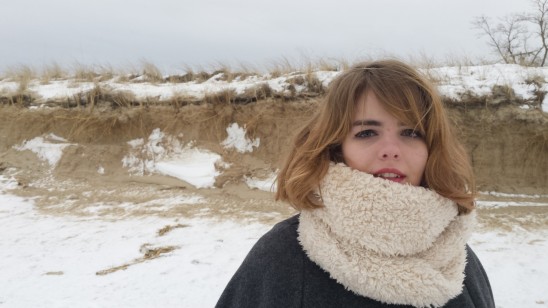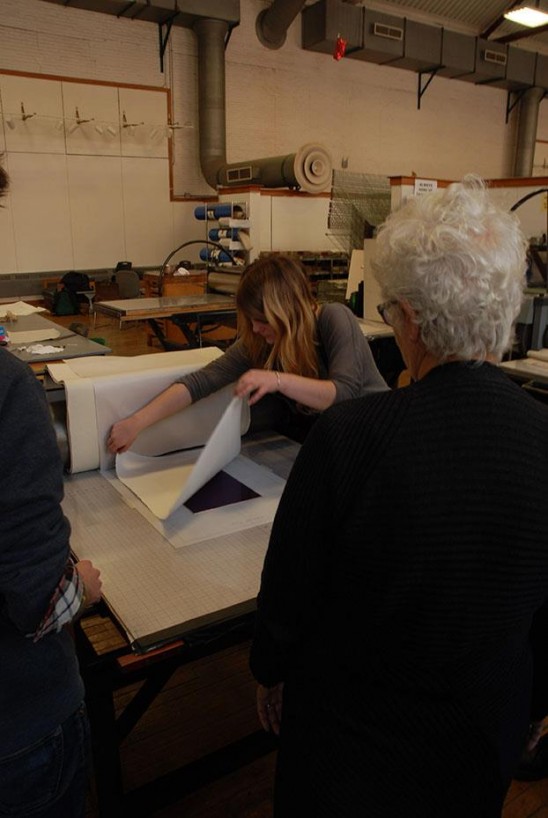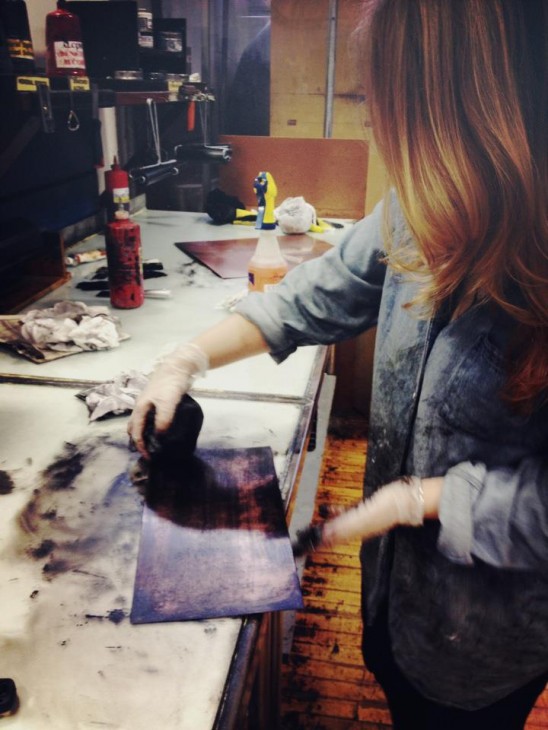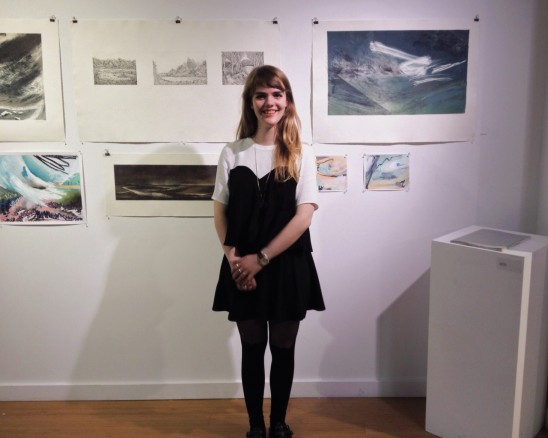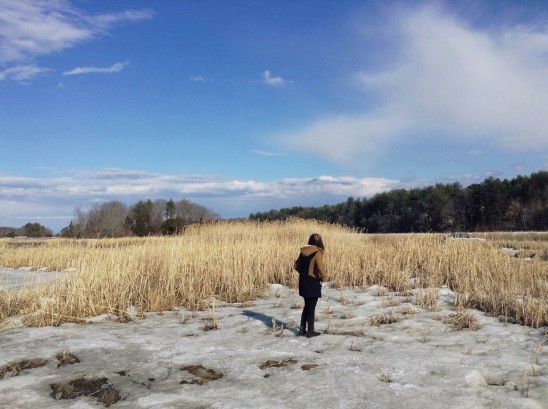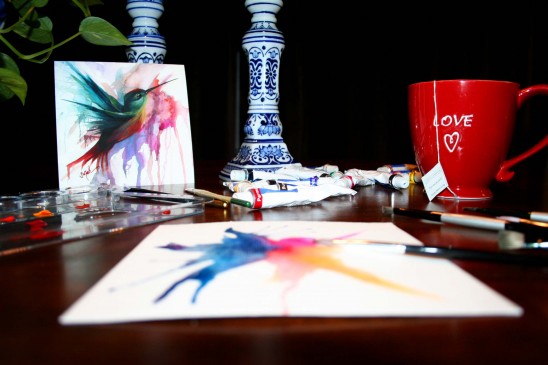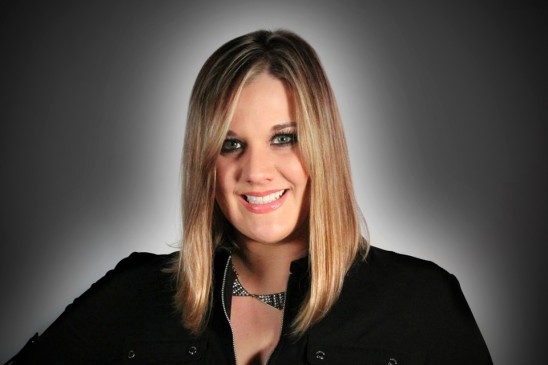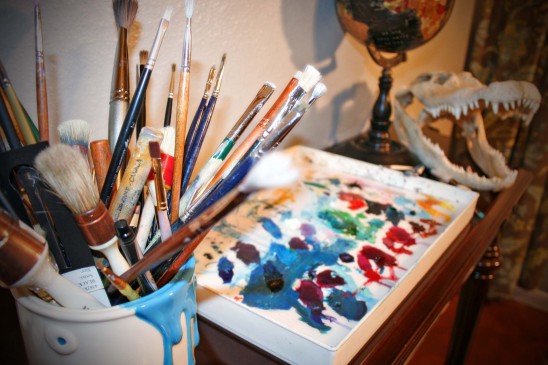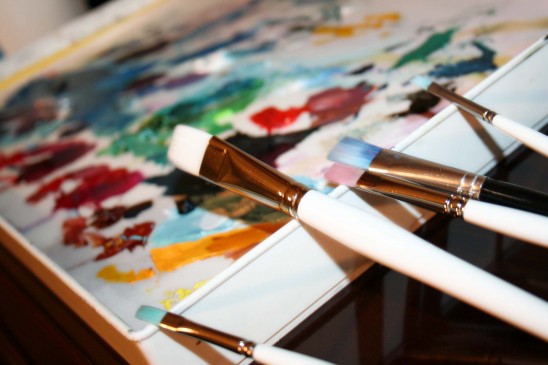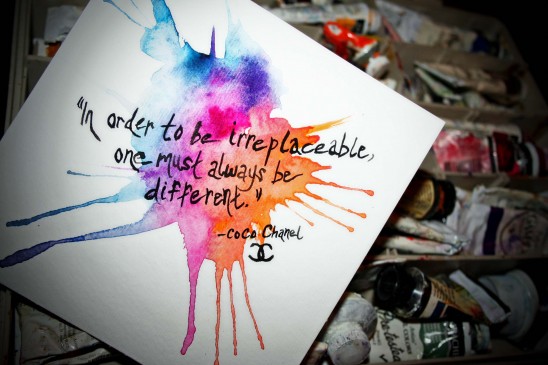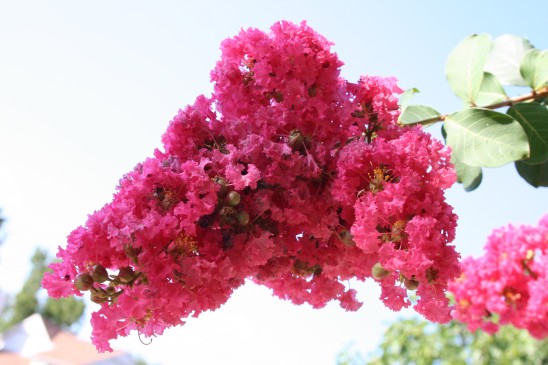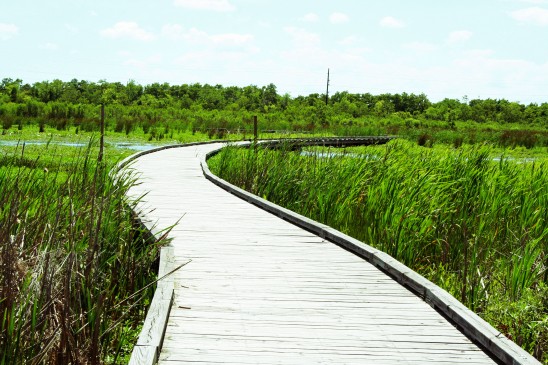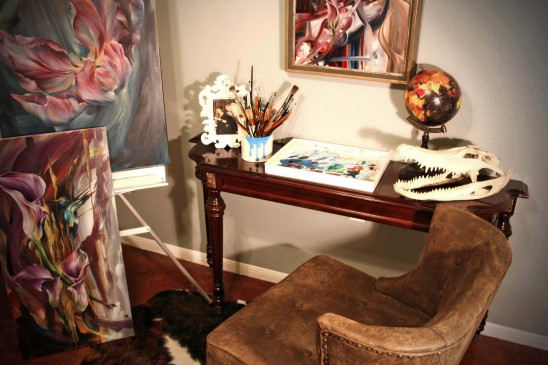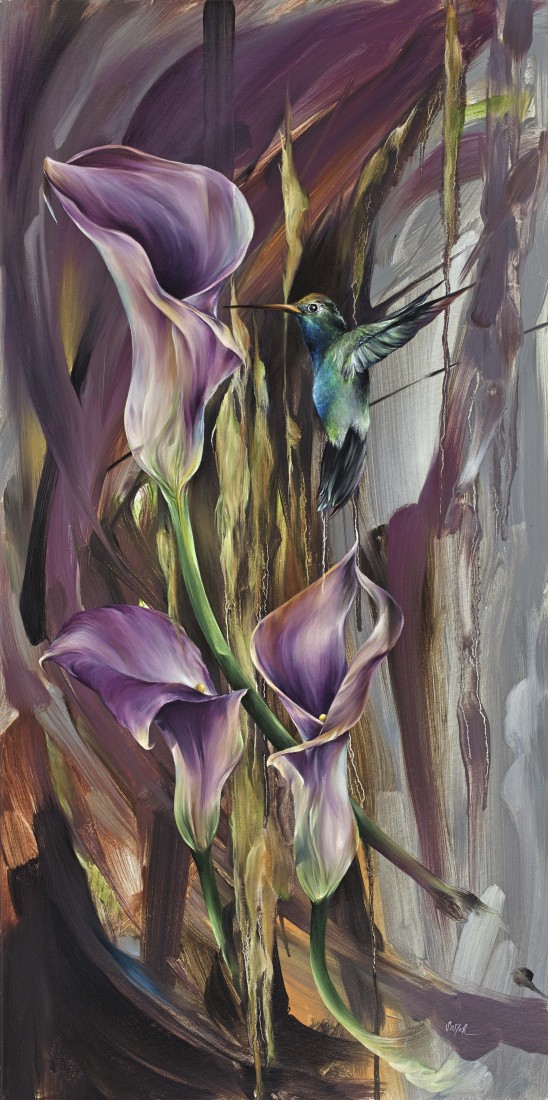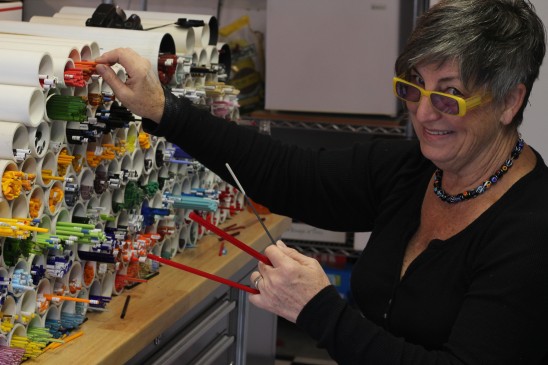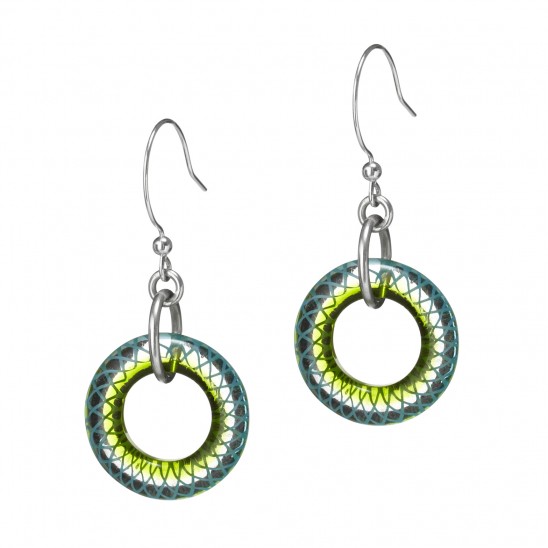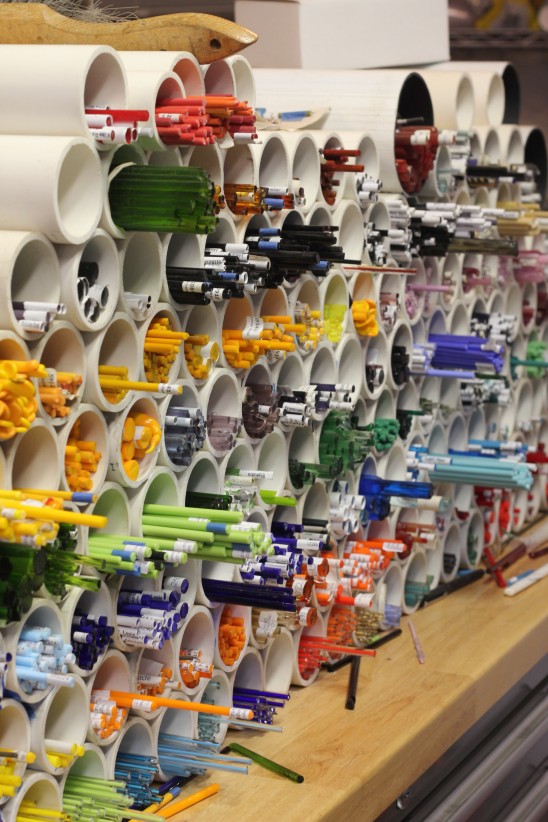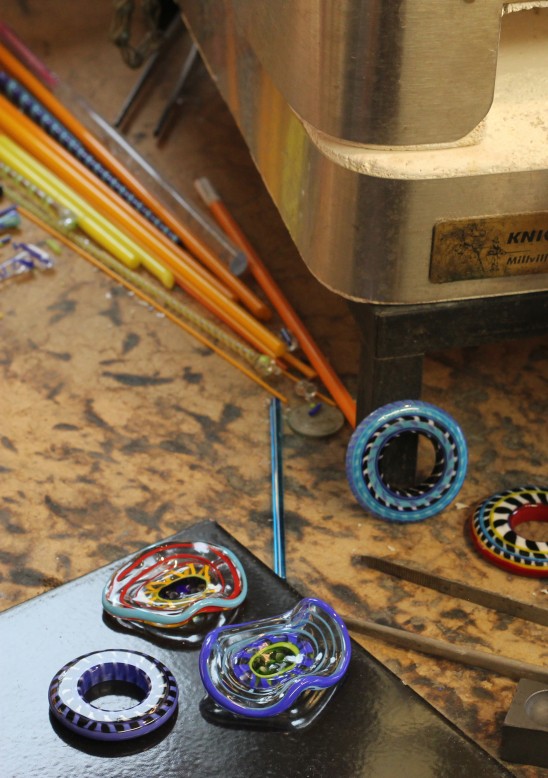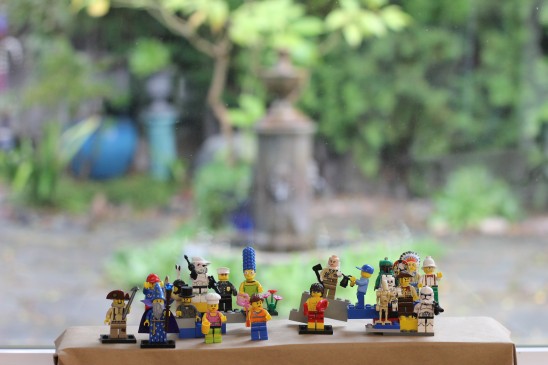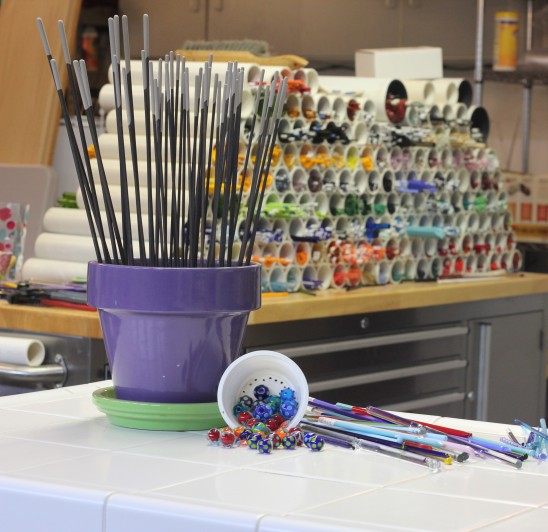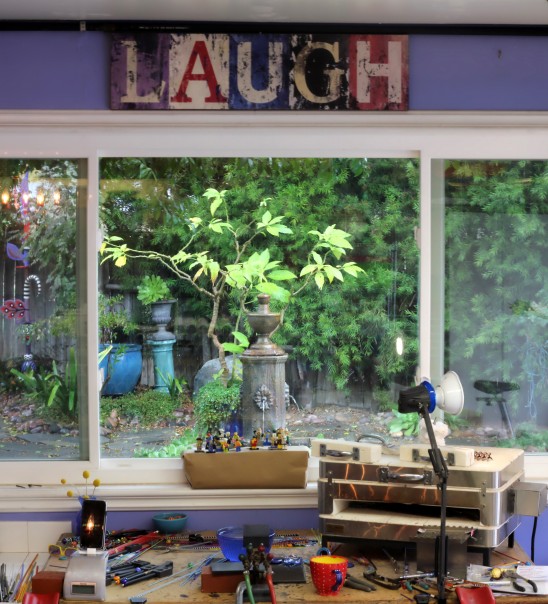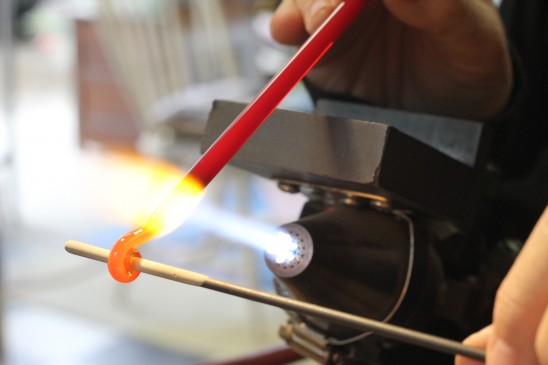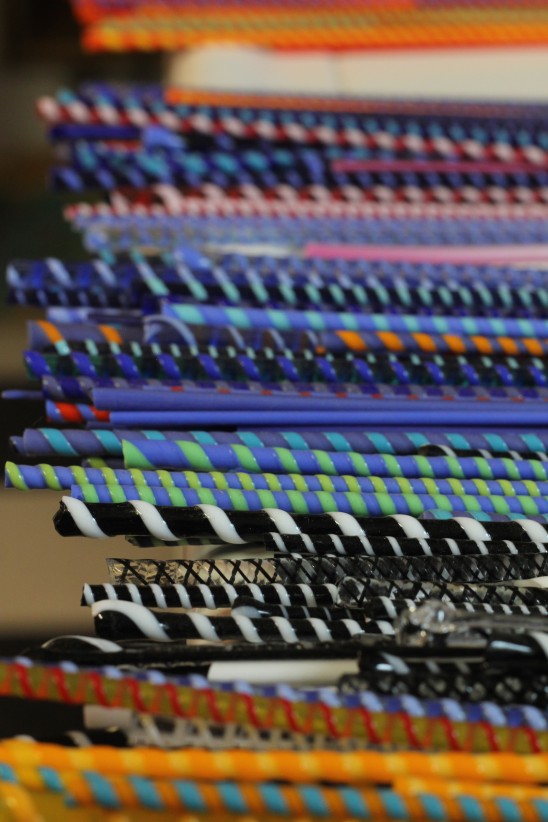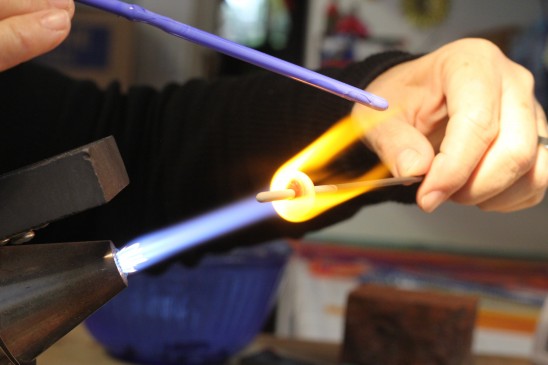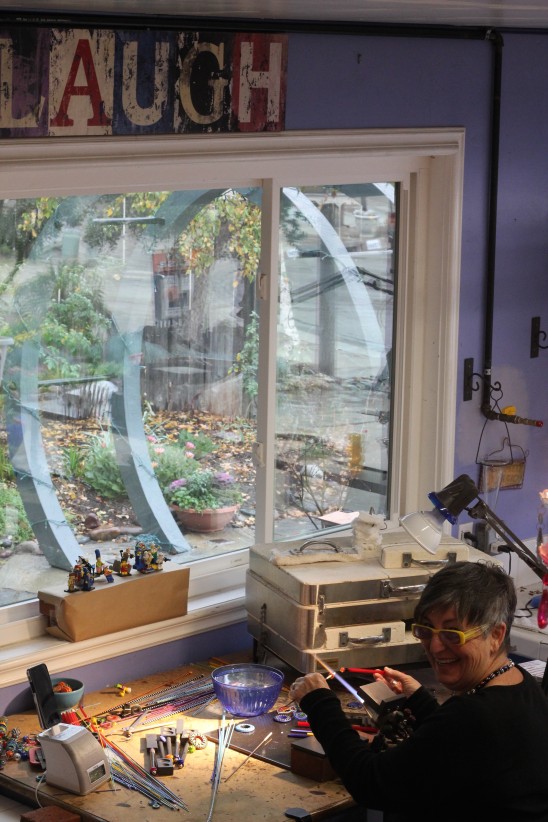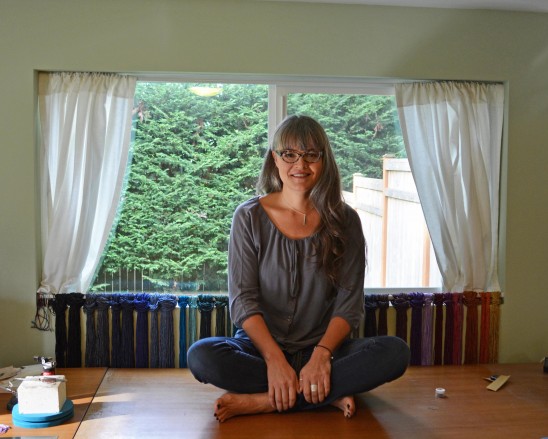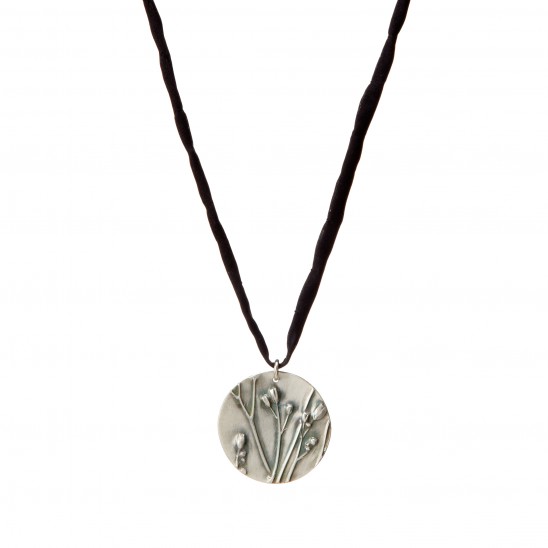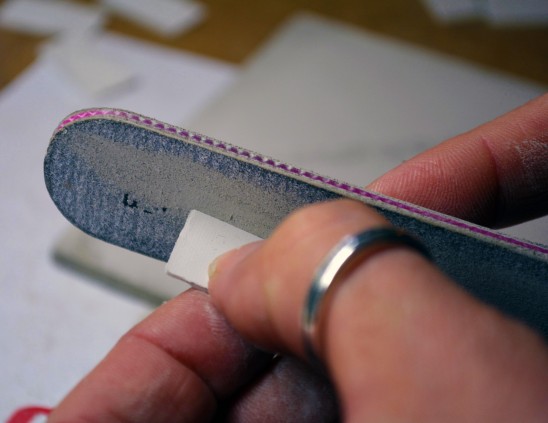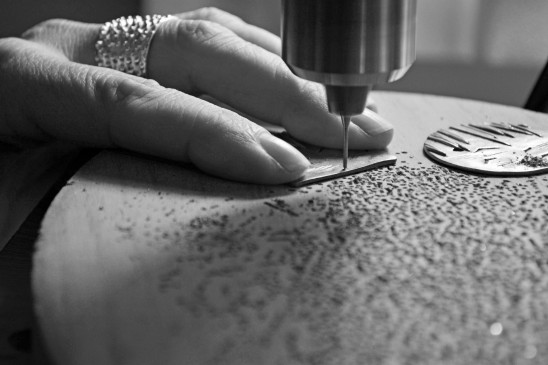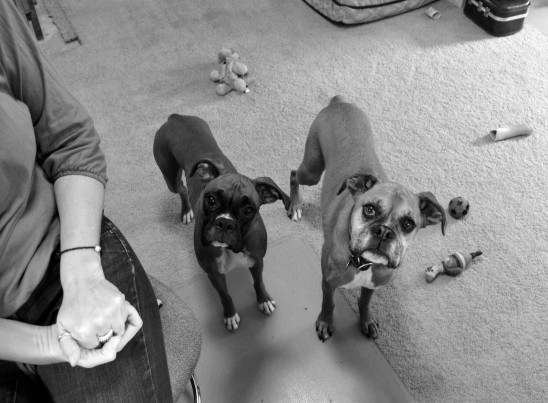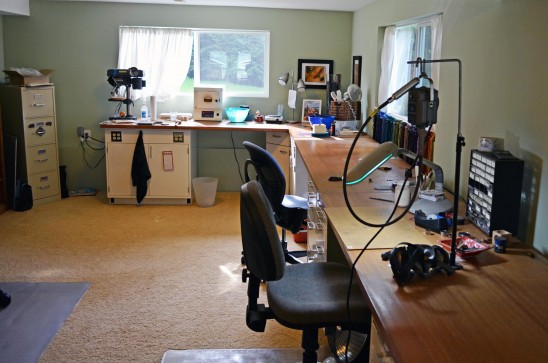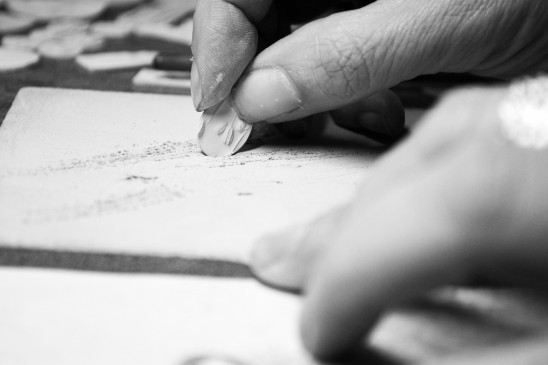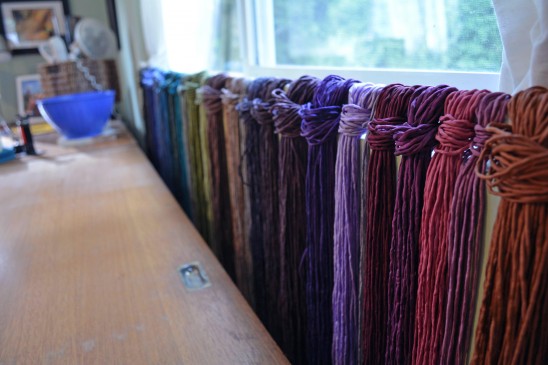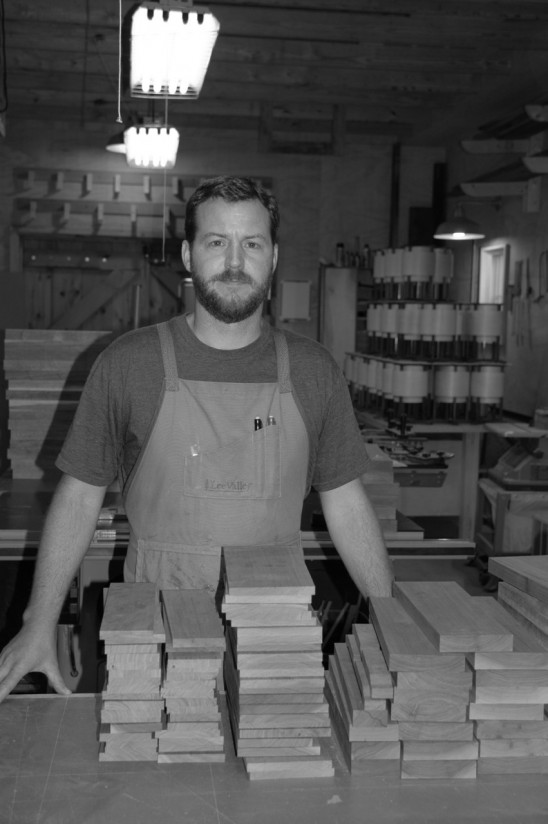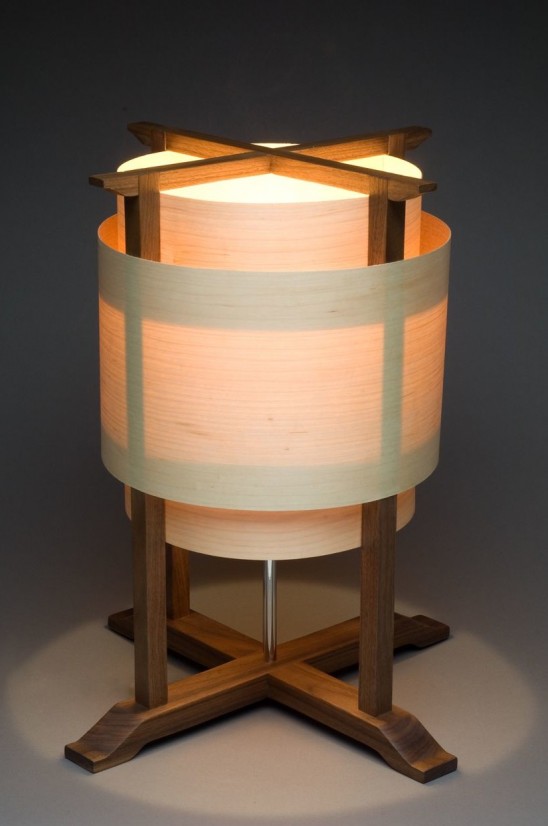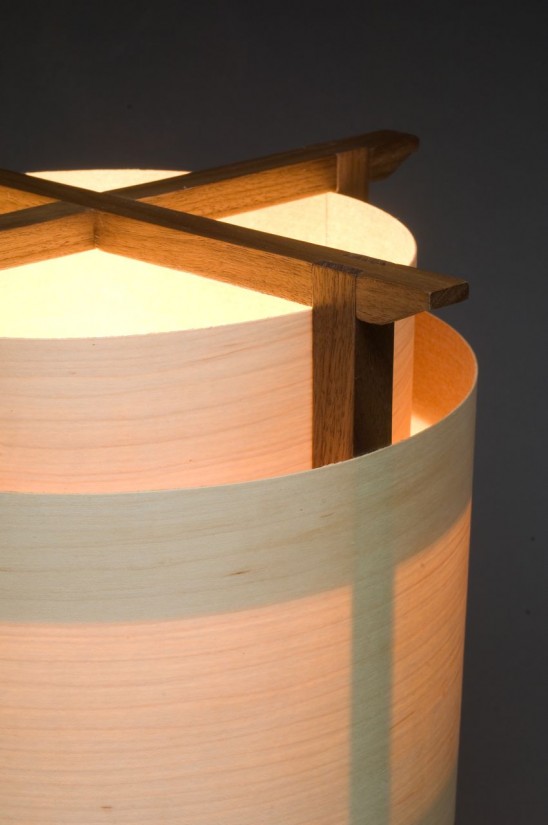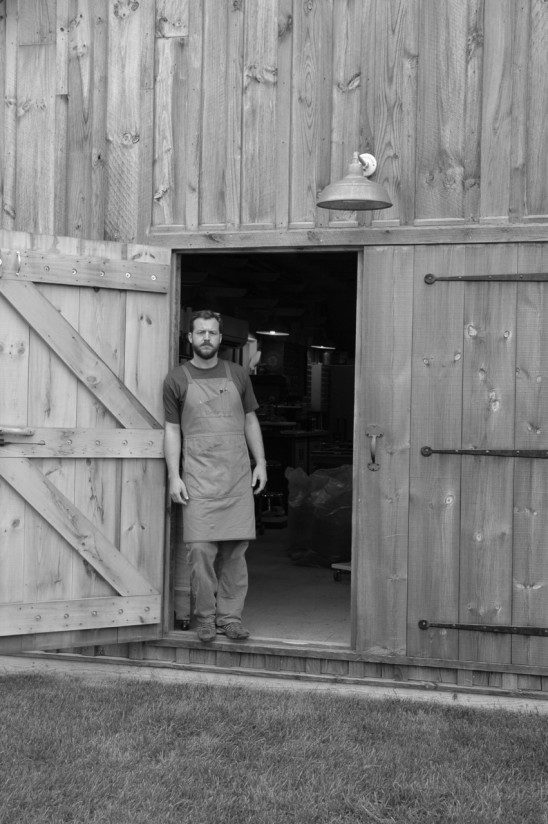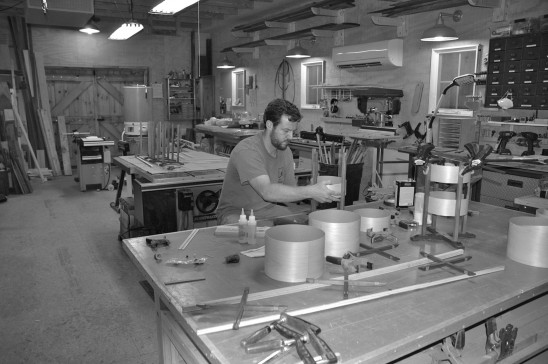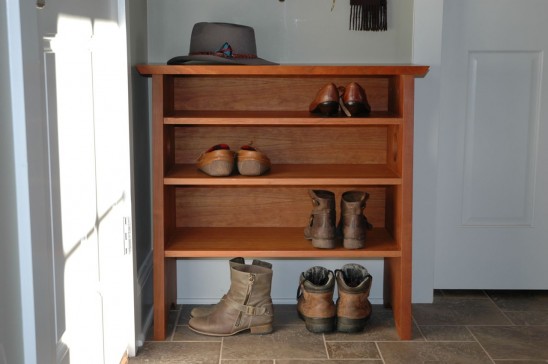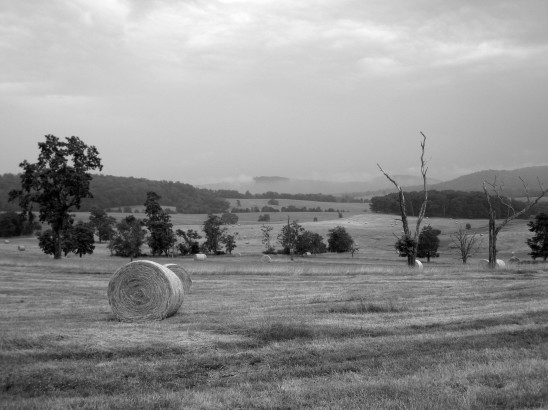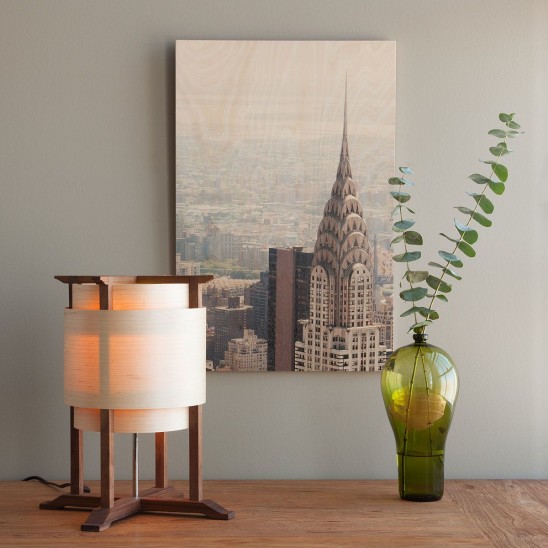I’ve always ascribed to the philosophy that “the easiest way to turn a small task into a big deal is to put it off.” Though I’m admittedly a procrastinator most of the time, when I see something I need to get done, or something that excites me, I jump right on it. Same goes for Art Scarves Design Challenge Winner Jen Fox — but we’re not talking about getting calculus homework done here; Jen has creativity in her DNA, so when she’s struck with inspiration she lets her ideas flow immediately, creating beautiful designs like the Chaco Canyon Art Scarf in the process.
After having lived in New Mexico for several years, Jen’s inspiration for the scarf’s design struck when she visited the Pueblo Bonito Ruins in Chaco Canyon National Historical Park. The ruins consist of asymmetrical clusters of low-to-the-ground structures arranged in simple yet captivating patterns, structures so antiquated that they would appear to recede completely into the clay-rich soil and dusty sagebrush around them if not for their strong geometric forms. Above them, the blue sky is accented by a dynamic flow of clouds, juxtaposing with the stillness of the ruins.
Jen successfully captures these dualities – natural and human-made form, stillness and motion – in her winning piece. The asymmetrical, geometric layout of the ruins is evoked on breezy modal fabric in colors that evoke both the deep red-orange earth tones of the ruins and the light blues and whites of the desert sky.
Read on for more about Jen’s inspiration, her artistic process, and her advice for aspiring artists.
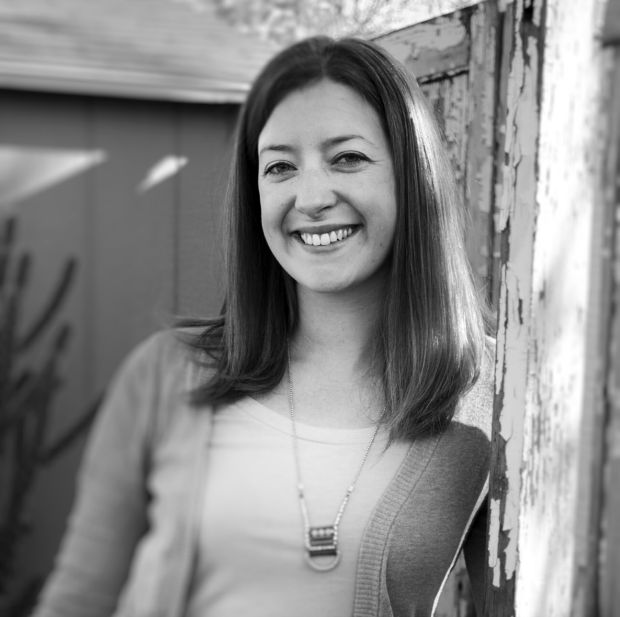
What inspired the concept of your winning piece? How do the ruins of Chaco Canyon or the natural world in general manifest in your design?
The artwork was inspired by the Pueblo Bonito ruins in Chaco Canyon National Historical Park located in northwestern New Mexico. It’s truly an awe-inspiring part of the country, and it’s difficult to avoid being impacted by the beauty of the place and the mystery of the people who once inhabited the area. I try to be outdoors as much as possible, whether that means camping in the nearby mountains or making time for an evening walk by the river. I find calm and stillness in the motion of the ever shifting landscape and weather, and it’s a constant source of inspiration for me.
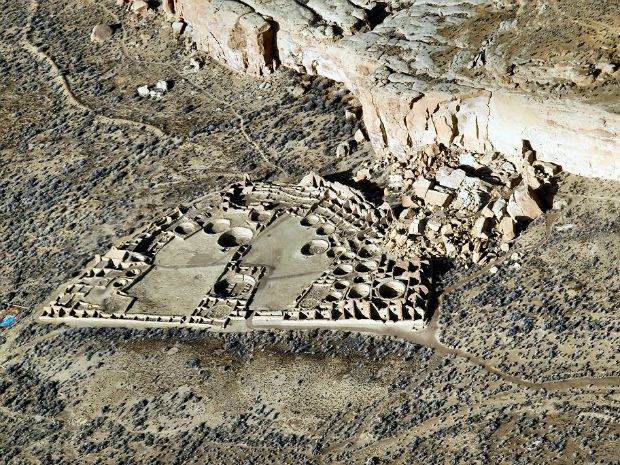
How did you celebrate when you found out that you won our design challenge?
Uncorked a bottle of champagne with friends, of course!
When did you first realize that you wanted to be an artist?
I have always been a very creative person, and was always making things as a kid and beyond. I think it’s part of my DNA to create, and there is a sense of satisfaction that comes with having a tangible outcome of an idea that once just existed inside my own head.
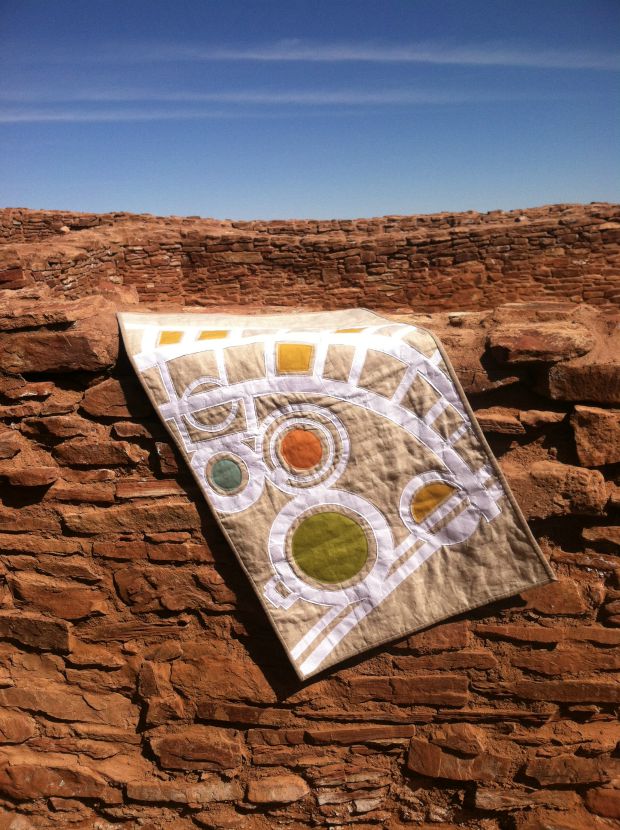
What’s your artistic process? In other words, what happens from right before you’re inspired to make something new to when you have a finished product in front of you?
I honestly don’t have much of a set process. I do find that when I am inspired by something, it’s wise to take advantage of the freshness and initial enthusiasm of that feeling and make the time to act and create immediately. If nothing else, I jot down a few words or a quick sketch to catalog my thoughts until I have an opportunity to revisit them.

Describe your work space. Is there anything there that’s particularly inspiring to you?
My work space is a 4′ x 8′ sliver of a room that’s connected to the entryway and the living space of my small home. And frankly, when I’m working on a project (mostly textile based projects), my work space spills over onto my dining table, my living room floor, and any other available surface.
What’s your best advice for aspiring artists?
Always take the time to slow down and notice what is around you — inspiration can strike in the most mundane of moments, but you must keep a sense of awareness of your surroundings. Take the time to create for yourself and no one else to really find your own point of view.
Creative people all have those days (or weeks!) when we feel lost, unmotivated, or stuck. How do you keep yourself inspired?
Sometimes the only thing to do is just start. Even if you are feeling uninspired and unmotivated, the simple step of starting something can get the momentum going and lead to the release of a creative block. Otherwise, taking a break and being active outside is one of my favorite ways to get out of a funk.

